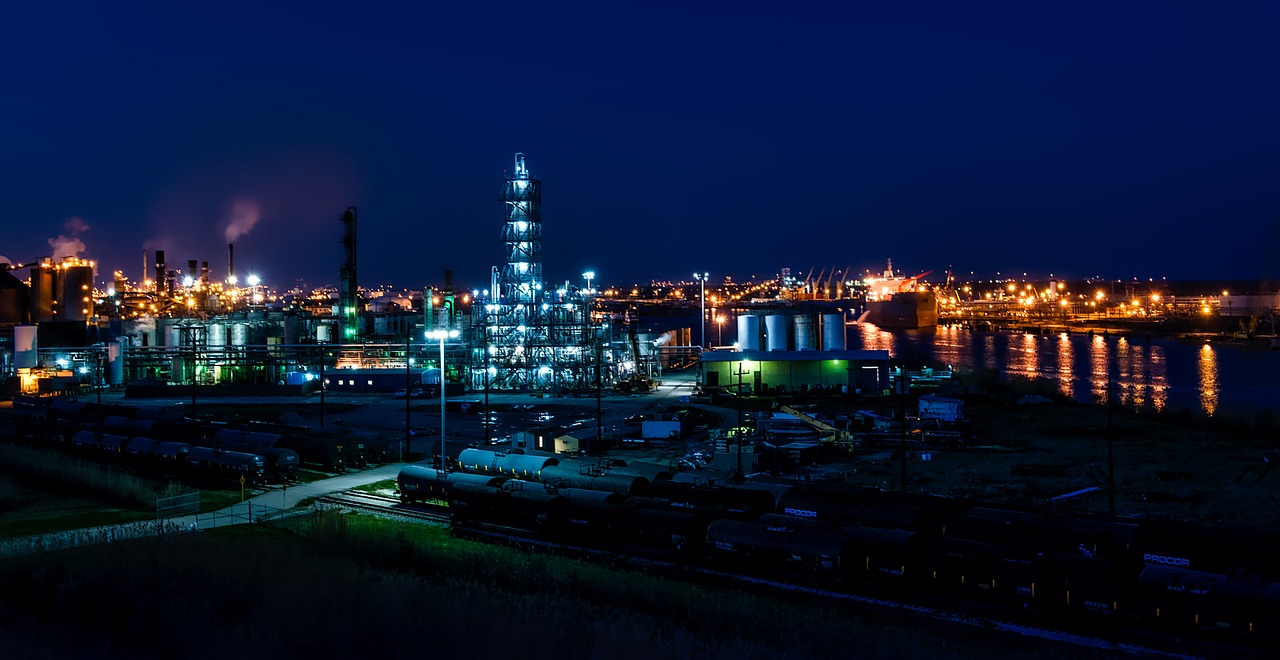By Dave Smith, Contributor, US Daily Review.
“As history has repeatedly proven, one trade tariff begets another, then another – until you’ve got a full-blow trade war. No one ever wins, and consumers always get screwed.” – Mark McKinnon
In March, President Donald J. Trump signed a memorandum that would impose an additional $50 billion in tariffs on various goods, services, and raw materials imported from China. This follows his broad-based imposition of tariffs on steel, for which he has since offered some exemptions and delays. His stated goal is reducing the so-called “trade deficit” with China, which reached $375 billion in 2017.
As previously reported, the steel tariffs hit at the heart of the oil, gas, and petrochemicals industry. While the new round of tariffs have not been completely fleshed out, they are already themselves taking aim at U.S. petrochemicals, as China has responded by threatening tens of billions of dollars in tariffs of their own. The proposed tariffs target key U.S. industries, including a 25% increase on petrochemicals, plastics, resins, and adhesives, the majority of which are produced in Texas and Louisiana – two states that voted overwhelmingly for President Trump in 2016.
The American energy sector has been undergoing a renaissance in recent years, and the result has been a dramatic increase in petrochemical capital investment due to the plentiful, inexpensive feedstocks that natural gas production provides to petrochemicals. The result: $194 billion in announced investment in chemicals and plastics in the past 8 years. Chemicals provide what President Trump desires: a “trade surplus” of $35 billion that is estimated to be $73 billion by 2020; together, they comprise 14% of all US exports.
Polyethylene is one of the products targeted by China. According to the market intelligence group ICIS, US polyethylene production will expand by 15 million pounds by 2020. China imports 11% of all US production of plastic resin. The American Chemistry Council estimates that the proposed Chinese tariffs could result in a $5 billion hit to this segment.
Criticisms of the tariffs have come from multiple corners, including economist Larry Kudlow, who now serves as the President’s hand-picked top economic advisor. Echoing a similar campaign against the Smoot-Hawley tariff legislation in 1930, the National Taxpayers Union has organized a petition of over 1000 economists, including 15 Nobel Laureates, opposing the Trump tariffs. In a spirit of bipartisanship, Senators Ron Johnson (R-WI) and Claire McCaskill (D-MO) themselves wrote a letter opposing the tariffs to a top tariff supporter in the Trump Administration, Secretary of Commerce Wilbur L. Ross.
President Trump has now targeted the US petrochemicals industry twice: once directly, through the steel tariffs, and now indirectly, by triggering Chinese retaliation. His supporters say that he is just using the tariffs as a negotiation tactic. All those connected to the US petrochemical industry hope this is the case.
Born in the same county as Davy Crockett in East Tennessee, Dave found his way to Texas where he works in the petrochemical industry. He’s written and spoken about politics on various media outlets including Fox, ABC, and Townhall. He is a graduate of Tennessee Tech with a degree in chemical engineering. Follow Dave on Twitter: @semperlibertas.


